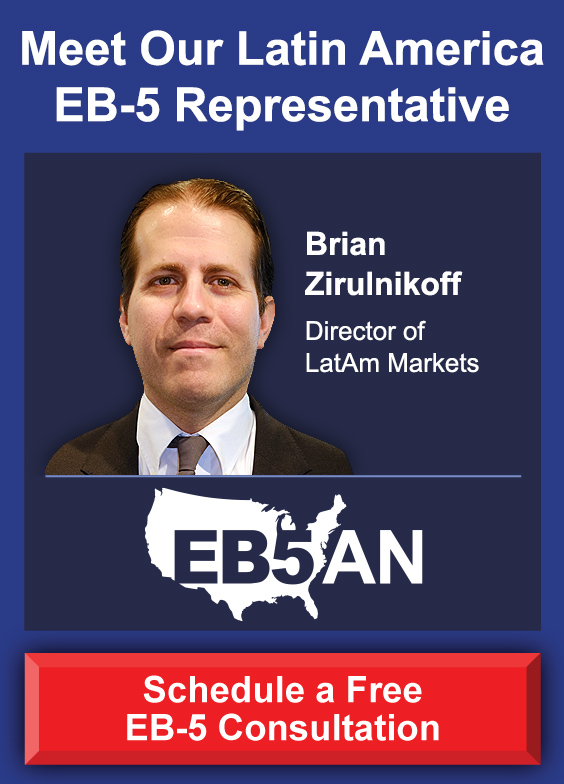
When an EB-5 petition is denied, an investor can file a motion to reopen or a motion to reconsider the case, file an appeal, or file a new petition, depending on why the petition was denied. The reason for the denial should be indicated in the denial letter. The only hurdle to any of these options is inadmissibility for a U.S. visa.
If an investor’s actions have made them inadmissible for a U.S. visa, seeking administrative relief, filing an appeal, or filing a new petition is pointless. If they’ve committed fraud, misrepresented information in a visa application, or committed a crime of moral turpitude, they may be permanently ineligible for a U.S. visa. If they lived in the U.S. illegally, they could be ineligible for a U.S. visa for up to 10 years. How long they were an illegal resident determines how long they remain ineligible for a visa.
If an investor’s petition is denied for a reason that does not lead to inadmissibility, they can file a motion to reopen or to reconsider with USCIS or an appeal with the Administrative Appeals Office (AAO). The investor’s immigration status will remain unchanged while the case is ongoing. If neither a motion nor appeal is possible, or successful, the investor can file a new petition. They can choose to pursue any visa they qualify for, and they can even apply for more than one immigrant visa at a time. Alternatively, they can make a new EB-5 investment and file a new I-526 petition to start the EB-5 process again.
Because each case is different, it is best to consult with experienced immigration counsel to find the best option. It is important to consider and understand the time and financial costs involved in each option—and the likelihood of success of the chosen action.








